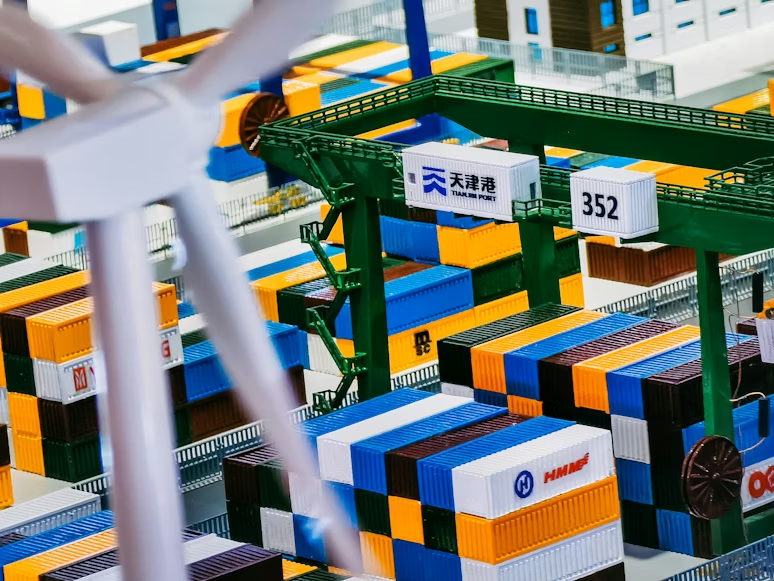As chemical production continues to grow in the United States, the logistics sector is actively addressing the unique challenges associated with transporting chemical shipments safely and efficiently. The safe transportation of these critical chemical products is paramount, and logistics providers are leveraging their specialized expertise and experience to formulate solutions.
In 2021, approximately 992 million tons of chemical products were transported across the United States, making the chemical industry one of the country’s largest exporters, as noted by the American Chemistry Council (ACC). However, despite its size and significance, the chemical industry has not been immune to the disruptions and challenges that have affected various sectors.
A recent survey conducted by the ACC revealed that 93% of respondents cited supply chain and transportation disruptions as impacting U.S. chemical manufacturing. Additionally, over one-third of companies reported customer order cancellations due to concerns about timely and reliable deliveries.
Several contributing factors underlie these challenges. These include a limited pool of truck drivers, inflationary pressures, specific transportation mode difficulties, the integration of new technology, and an increasing focus on sustainability within the industry.
The shortage of qualified truck drivers is particularly affecting producers and logistics providers specializing in the chemical sector. Drivers responsible for hauling chemicals and hazardous materials must adhere to rigorous safety requirements, making it challenging for chemical companies to rely on the spot transportation market.
Glenn Riggs, Chief Strategy Officer at Odyssey Logistics, emphasizes the importance of contractual relationships with trusted asset providers with solid safety records within the chemical industry.
Rising wages have also impacted chemical logistics providers, echoing the challenges faced by many companies across industries. Jennifer Braun, Vice President at Trinity Logistics, points out that the operational costs of trucking and logistics companies have grown significantly.
The National Association of Chemical Distributors (NACD) has urged Congress to enhance workforce programs that ensure well-trained drivers can continue to operate. Eric Byer, the NACD’s President and CEO, highlights the importance of preserving the independent contractor (IC) business model relied upon by many truck owner-operators.
Access to new equipment has become a challenge for the industry. Lead times for acquiring equipment, such as lifts, scan guns, and Bluetooth communicators, have significantly increased. This places additional strains on logistics operations, forcing companies to adapt by relocating equipment from other locations or securing temporary alternatives.
The “bullwhip effect” has also disrupted chemical supply chains, a phenomenon describing how small changes in demand at the retail level ripple up the supply chain to the manufacturing sector. Companies, especially during the COVID-19 pandemic, struggled to meet surges in demand. Even as demand stabilized, companies continued to produce at higher volumes, leading to inventory surpluses. These challenges underscore the need for adaptability and resilience within the chemical logistics sector as it continues to evolve.
Find the best supply chain logistics news at The Supply Chain Report. Free international trade tools are available at ADAMftd.com.
#ChemicalLogistics #ChemicalTransport #SupplyChainChallenges #ChemicalIndustry #ChemicalExports #LogisticsSolutions #SafeTransportation #TruckDriverShortage #SupplyChainDisruptions #SustainabilityInChemicals #WorkforceTraining #DriverShortage #RisingOperationalCosts #ContractualRelationships #AssetProviders #ChemicalDistribution #WorkforcePrograms #SupplyChainAdaptability #ChemicalSupplyChains #LogisticsInnovation #ChemicalTechnology #BullwhipEffect #ChemicalManufacturing #TransportSolutions #HazardousMaterialsTransportation

















